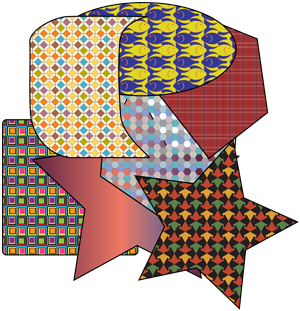Flip your mat!
What shape and size of drinks mat is best for flipping and catching?
Project

Drinks mats are not only for preventing spills on table tops - they are also good for flipping and catching!
In this project, you will design your own mat and test it against others to see which is best for flipping and catching.
You will need to think about:
- Shape - should it be a regular polygon, an irregular polygon, or should it be circular or have rounded sides?
- Size - what is the optimum size for flipping and catching, does it depend on the size of the person's hand?
- Material - it needs to be easy to catch, not too slippery, perhaps slightly flexible but not too flexible. You don't want it to hurt your hand!
- Design - you will want your mat to be eye-catching, to stand out from the crowd!
Once you've designed your drinks mat, you need to test it against other people's. How will you plan a fair test? You will need to think about what a standard 'flip' is, and how you can make sure that all flips are the same as far as possible.
Teachers' Resources
Flip Your Mat! provides ideas for a STEM club for up to half a term.
This would be a great project for a STEM club wanting to combine maths and technology in a fun and creative way. It would also be a great project for students who want to gain a CREST award.
What does this project offer to your club?
This project brings Maths and Design Technology together, giving students an idea of how a professional engineer might work.
Students should brainstorm ideas, then test them out, gathering data to support their conclusions, and then improve their initial ideas on the basis of their tests and data interpretation.
Possible approach
Materials and their properties and design are important aspects of the curriculum. The DT pentagon shows the stages in working on a brief:

Students should be encouraged to consider all five aspects of completing the brief during the brainstorming period.
The maths comes into the design process when considering shape and size. How will the students construct their shape? If they want to make a few mats, how can they best lay out the template on the material they are going to use, so that waste is minimised?
The testing stage will require finding a way to ensure that trials are comparable, and that data is collected, recorded and used to improve the initial design.
Key questions
What are the most important features of your mat to focus on at the start, what can wait until later?
What characterises a 'good' flip or a 'bad' flip?
How can you test which design of mat gives the best flips?
Other links
The background tab links to a BBC report on the original engineering project on which this schools' project is based.
Read: engineering links to a Plus article on how engineering is vital in making sports equipment.
Aerodynamicist links to a Plus careers interview with an aerodynamicist.
... researcher
